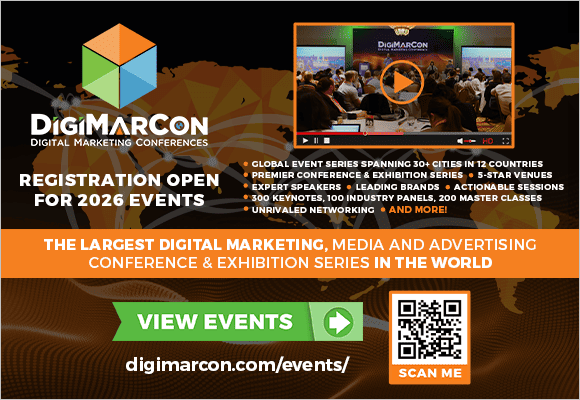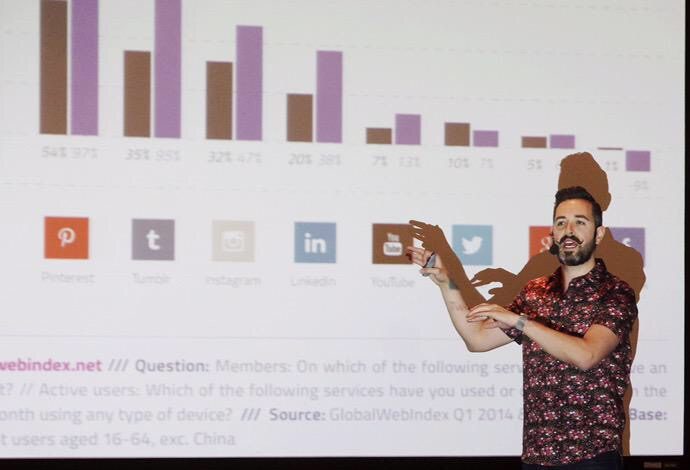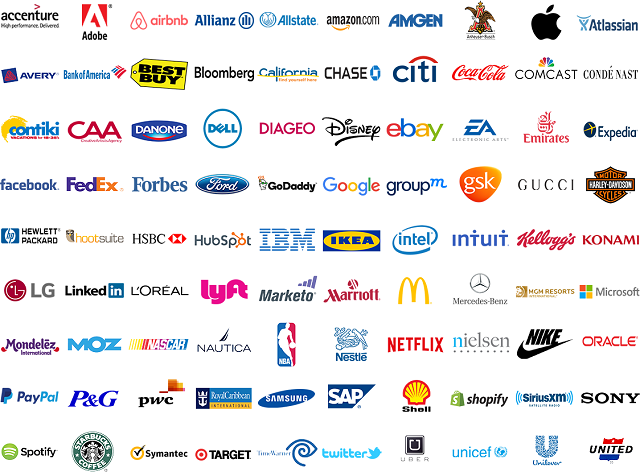Leverage User-Generated Content for Business Growth
In today’s digital world, businesses are always looking for new ways to grow and connect with their audience. One great way is using User-Generated Content (UGC). This approach helps make a brand seem more real and trustworthy, building strong customer loyalty.
UGC boosts a brand’s trustworthiness and offers social proof. This proof can sway people to buy, helping your business grow. As we dive into UGC’s benefits, it’s clear it’s more than just a trend. It’s a key part of a winning digital marketing plan.
Key Takeaways
- Leveraging UGC can enhance brand authenticity and credibility.
- UGC provides valuable social proof, influencing purchasing decisions.
- Incorporating UGC into your marketing strategy can drive business growth.
- UGC helps create a relatable brand image, fostering customer loyalty.
- A successful digital marketing approach often includes UGC as a key component.
Understanding the Power of User-Generated Content
User-generated content (UGC) is a powerful tool for businesses. It lets them use content made by customers to grow and engage. This includes online reviews, customer feedback, and social media posts. Together, they make a brand more real and interesting.
UGC greatly affects how people shop. People often check what others say before buying. This makes UGC a kind of social proof, building trust and credibility. For example, a study showed that people trust brands more when they see lots of UGC.
UGC also gets customers involved in the brand story. When people share their experiences or make content about a brand, they feel more connected. This creates a community and gives businesses useful insights into what customers like.
Also, UGC helps a brand be seen more online. Social media posts can spread a brand’s message far and wide. This kind of marketing is cheap but very good at getting people to notice and engage with a brand.
In short, knowing how to use UGC is key for businesses to keep up in today’s digital world. By using customer feedback and encouraging UGC, businesses can gain trust, boost engagement, and grow.
Types of User-Generated Content That Drive Business Results
User-generated content is powerful because it comes in many forms. This includes reviews, testimonials, and content from communities. Businesses can use this variety to improve their marketing and connect better with their audience.
Leveraging Review Platforms
Review platforms are key for user-generated content. Encouraging customers to leave reviews on sites like Google My Business or Yelp can really help a company’s image. A study showed that businesses with good reviews get more new customers.
To make the most of review platforms, businesses should:
- Ask happy customers to share their stories.
- Quickly respond to all reviews, good or bad, to show they care.
- Use feedback to make products or services better.
Testimonials are also very effective. Showing customer testimonials on websites or in ads can build trust with new customers. Here are some tips to make testimonials work:
- Choose testimonials that are specific and show the benefits of what you offer.
- Add photos or videos to make testimonials more real.
- Show testimonials from different kinds of customers to make them more relatable.
By using these types of user-generated content, businesses can make their brand more engaging and trustworthy. This leads to better results through community content, peer recommendations, and crowdsourced content.
The Business Benefits of User-Generated Content
User-generated content (UGC) offers many benefits to businesses. It boosts customer engagement and improves brand credibility. By using UGC, companies can tap into the trust and authenticity that comes from customer-created content.
One key advantage of UGC is it builds trust with potential customers. Seeing real people recommend a product or service makes it more believable. This social proof helps increase conversion rates.

Customer Feedback is another big plus of UGC. It lets businesses learn from their customers. This feedback helps improve products, address concerns, and boost satisfaction.
UGC is also a cost-effective marketing strategy. It saves money by using customer content instead of professional content. This approach cuts marketing costs and offers a good return on investment.
UGC also boosts customer engagement. When customers see their content on a brand’s site, they’re more likely to stay engaged. This can create a loyal community of brand supporters.
To get the most from UGC, businesses should create campaigns that encourage and reward customer participation. This way, they can fully use UGC to grow their business.
Strategies for Encouraging Customer-Created Content
Businesses can tap into the power of customer-created content by using the right strategies. They need to know what drives customers to contribute. And they must create an environment that encourages them to do so.
Setting Clear Campaign Objectives
To get customers to create content, businesses must first set clear goals for their campaigns. These goals could be to boost brand awareness through Social Media Posts, get more leads, or increase sales. By setting specific, measurable goals, businesses can focus their strategies to meet these objectives.
Having clear goals also helps in creating a campaign that really speaks to the target audience. For example, a campaign focused on Community Content might ask customers to share their experiences with a product or service. This builds a sense of belonging and loyalty among customers.
Creating Compelling Participation Hooks
Participation hooks are the incentives or motivators that get customers to create and share content. These can be contests, giveaways, or recognition on social media. The goal is to create a hook that appeals to the target audience and fits with the campaign’s goals.
For instance, a business might start a Crowdsourced Content campaign by asking customers for ideas for a new product feature. This not only creates engaging content but also gives valuable insights into what customers want.
By combining clear goals with compelling participation hooks, businesses can craft a strong strategy for customer-created content. This approach boosts engagement and builds a sense of community and loyalty among customers.
The success of these campaigns depends on inspiring and motivating customers. By understanding their needs and preferences, businesses can create campaigns that are both effective and engaging.
Integrating User-Generated Content Across Marketing Channels
The power of UGC is in its ability to reach more people through different marketing channels. This makes it more impactful. Businesses use user-generated content in emails, social media, and websites to engage customers better and boost sales.
Email marketing is a great place to use UGC. Adding customer feedback or photos to newsletters makes the content more personal. For example, a clothing store could show photos of customers wearing their clothes, making it more relatable.
Social media is perfect for building a community and getting people to interact. Brands can start campaigns that ask users to share their experiences or photos. A travel company might ask users to post their travel photos on Instagram with a certain hashtag.
Websites also benefit from UGC, like online reviews. Showing customer reviews on product pages makes the brand more trustworthy. Businesses can also have special sections for user-generated content, like customer stories.
To use UGC well, businesses should:
- Have a clear content plan that fits their brand.
- Use technology to manage UGC easily.
- Encourage customers to make content by offering rewards.
- Keep track of how well UGC works in different places.
By using UGC in many marketing channels, businesses can tell a stronger brand story. This can lead to more loyal customers and growth.
Legal Considerations and Best Practices for UGC
Businesses need to know the legal sides of user-generated content (UGC) to use it well. UGC adds realness and connection that ads can’t. It’s key for marketing.
Legal Considerations are important for UGC. Companies must deal with copyright and privacy issues to stay safe. Getting the right permissions from creators is essential.

Following Best Practices helps manage UGC risks. This means having clear rules, guiding users, and being open about UGC use. It’s also good to track permissions.
Knowing the law and following best practices helps businesses use UGC safely. This approach keeps the company safe and builds trust with customers.
Measuring the Impact of User-Generated Content
Understanding the right metrics is key to unlocking UGC’s full potential. As businesses use UGC for growth, measuring its impact is crucial.
Why Measure UGC? Measuring UGC shows how well it engages audiences and drives conversions. By analyzing the right metrics, companies can improve their UGC strategies to get better ROI.
Engagement Metrics
Engagement metrics show how audiences interact with UGC. Key metrics include:
- Likes and shares on social media platforms
- Comments and discussions around UGC
- Time spent on pages with UGC
These metrics help businesses see how well their UGC campaigns are doing. For example, many shares on social media mean the content is hitting the mark.
Conversion metrics are key to understanding UGC’s direct impact on business outcomes. These include:
- Conversion rates from UGC campaigns
- Sales or leads from UGC-driven initiatives
- Customer acquisition costs for UGC
By tracking these metrics, businesses can see how much revenue comes from UGC. This makes a strong case for investing more in UGC strategies.
In conclusion, measuring UGC’s impact through engagement and conversion metrics is vital. By knowing what works, companies can improve their UGC strategies. This maximizes the benefits of UGC.
Success Stories: Brands Winning With User-Generated Content
Companies have found a way to connect with people through User-Generated Content (UGC). This method lets businesses use Peer Recommendations to build trust and get people involved.
Many brands have seen great success with UGC. For example, a well-known outdoor clothing company asked customers to post photos of themselves wearing their clothes on social media. They used a special hashtag for it. This not only brought in lots of Crowdsourced Content but also helped them reach more people.
- Launching contests or challenges that incentivize customers to create content
- Utilizing Forum Discussions to engage with their audience and gather feedback
- Showcasing customer-created content on their official websites or social media channels
These strategies have led to big wins for brands. They’ve seen more people know about their brand, customers sticking around longer, and better products. By looking at these success stories, businesses can learn how to use UGC well in their marketing.
The power of UGC is clear in the success of brands that use it. As more companies see its value, we’ll see even more creative ways to use it in marketing.
Conclusion: Future-Proofing Your Business with UGC
The digital world is always changing, and businesses need to keep up. User-Generated Content (UGC) is a key tool for growth. It helps businesses build a loyal community and stay relevant.
Using UGC means more than just using customer content. It’s about building a strong marketing plan. This plan helps your business thrive, even when the digital world changes.
Adding UGC to your marketing can make your strategy strong and flexible. As the marketing world keeps evolving, UGC will remain important. Businesses that use UGC wisely will likely succeed in the long run.
FAQ
What is User-Generated Content (UGC) and how does it differ from other marketing content?
User-Generated Content is made and shared by people, not brands. It includes social media posts, reviews, and testimonials. Unlike other marketing, UGC is real and trustworthy because it comes from customers.
How can businesses encourage customers to create User-Generated Content?
To get UGC, businesses should have clear goals and make it fun to participate. They can also use review sites and talk to customers on social media. Offering rewards for sharing experiences helps too.
What are the benefits of using User-Generated Content in marketing campaigns?
UGC boosts trust and engagement. It’s also a cost-effective way to market. Plus, it helps build a loyal community around your brand.
How can businesses measure the impact of User-Generated Content?
Track likes, shares, and comments to see how UGC performs. Also, look at sales and website visits. Use analytics to fine-tune your UGC strategy.
What are the legal considerations associated with using User-Generated Content?
Be mindful of copyright and privacy laws when using UGC. Always get permission and follow guidelines. This keeps your brand safe and respectful.
How can businesses integrate User-Generated Content across different marketing channels?
Use UGC in emails, social media, and websites. Share testimonials and social media posts. This creates a unified and engaging brand experience.
What are some best practices for managing User-Generated Content?
Have clear rules and get permission for UGC. Monitor it for quality and consistency. Also, have a plan for handling negative content.
Can User-Generated Content be used for Community Content and Crowdsourced Content initiatives?
Yes, UGC is key for building brand communities. It encourages engagement and creativity from customers. This helps your brand grow and thrive.
How can businesses leverage Peer Recommendations through User-Generated Content?
Use customer testimonials and reviews to build trust. Encourage sharing and offer rewards for referrals. This boosts your brand’s credibility and appeal.






































No comments